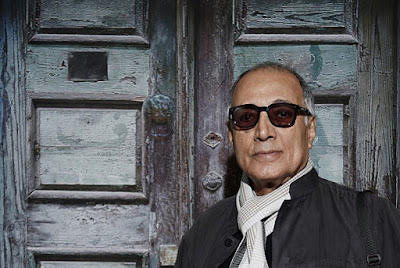Farideh Lashai Rocks the Tehran Museum of Contemporary Art With Jackson Pollock and Cy Twombly
 |
| Farideh Lashai, Untitled (1967). Image: Courtesy of the Collection of Centre Pompidou, Paris and artnet. |
A sensual Picasso painting of figures and an airbrushed portrait of the Ayatollah Khomeini are the first things you see inside the imposing storage vault buried beneath the Tehran Museum of Contemporary Art.
It is hard to imagine a more unlikely pairing, the work of the greatest iconoclast of the 20th century next to the work of a man who imposed a medieval caliphate on what was then—and still is—the most cosmopolitan and sophisticated culture in the Middle East.
But then again Iran remains a frightening, if fascinating, bundle of contradictions.
We all know the Iran from the news: It's an ugly, belligerent Muslim state that locks up reporters, denounces the US and Israel, and yet educates and promotes women and is proud of its cultural, religious, and ethnic diversity. It's also a society closed to the outside world in which hospitality is an art form and visitors are graciously welcomed.
Iran is possibly the most bizarre and contradictory place on earth.
So to find an estimated $2 billion dollars worth of modern and postwar European and American art lining the racks at the Tehran Museum of Contemporary Art, several feet below ground, seems strangely normal in this abnormal place. It was bought with public money during the 1970s under the patronage of the Shah, whose oppressive and ultimately illegitimate rule ended abruptly with the Islamic revolution in 1979.
I've seen bits and pieces of the collection before, four years ago while reporting on the Tehran contemporary art scene for the New York Times. To say it's impressive is an understatement. The depth and diversity of the holdings are nothing short of monumental—around 1400 words of classic European and American art.







